Grave of Andreas von Zirngibl
A one-armed veteran of the Battle of Waterloo lies in a cemetery for one in the middle of a Chicago scrapyard.
In a scrapyard on the banks of the Calumet River in Chicago sits a tiny cemetery, population: one. This is the grave of Andreas von Zirngibl, a one-armed veteran of the Battle of Waterloo.
Von Zirngibl was born in Bavaria on March 30, 1797. At 18, he went to war with the Prussian forces of Gebhard Leberecht von Blücher, a fearsome and much respected field marshal who earned the nickname Marschall Vorwärts (Marshal Forward) due to his aggressive style of warfare.
Under Von Blücher, Von Zirngibl fought at Waterloo in 1815 (although his gravestone incorrectly dates the battle to 1816). During the famous defeat of Napoleon Bonaparte, which the victorious Duke of Wellington called “the nearest-run thing you ever saw in your life,” the young Andreas lost the limb.
He returned to Bavaria, where he made a living as a fisherman on the Danube River. He married and he and his wife had five children. With a large family to care for and in search of new opportunities, Von Zirngibl moved to America. He and his family arrived in Chicago in 1854, which back then was a town of some 50,000 inhabitants. According to his descendants, he purchased 44 acres of land near the mouth of the Calumet River, at a total cost of $160 in gold.
Von Zirngibl built a shack on his marshy land and continued his trade as a fisherman, catching sturgeon, herring, perch and pike in Lake Michigan. It could have been the start of an idyllic new life for Andreas and his family, but he caught a fever and died on August 21, 1855, just a year after his arrival in America.
In accordance with his final requests, Von Zirngibl was buried on his land. His widow and children placed a wooden marker on his grave and surrounded it with a white picket fence. His family moved to Chicago’s North Side, but continued to tend to the site for many years. Then, in 1895, a land dispute threw everything into doubt.
The Calumet and Chicago Canal and Dock Company had acquired the land in the 1880s. The Zirngibl family (they had dropped the “von” by this time) decided to contest this acquisition more than 10 years later, but there was one major problem: According to the family, their deed to the property had been destroyed in the Great Chicago Fire of 1871, which had devastated about 3.3 square miles of Chicago, leaving 300 dead and more than 100,000 homeless. With the supposed deed in ashes, their argument was weak.
The canal company claimed that Von Zirngibl had been a squatter on the land with no actual legal right to the property. The Illinois Supreme Court sided with the company, and the judge noted that the Zirngibls had only decided to claim the land after it had been turned from an all but worthless marsh into an extremely high-value property.
The judge, however, did concede one point: The grave of Andreas von Zirngibl would stay where it was, and the family would have access to it in perpetuity.
Over the following century, the land surrounding the one-man cemetery changed hands on numerous occasions, passing from one industrial outfit to another. All of the new owners respected the grave, but accidents did happen. The wooden marker was run over and split in the 1980s, and the grave was at risk of further decline.
But in 1987, the East Side Historical Society (now part of the Southeast Historical Society), with the help of Henry Zirngibl, a descendant of Andreas, raised the funds to renovate the gravesite. A new marble headstone was erected, and large concrete blocks were placed around the cemetery to protect it from heavy machinery working in the surrounding scrapyard (which still surrounds the cemetery today).
Accidents continued to occur, however, and in 1999 the headstone was obliterated by a wayward crane. Scrap Processing, the company operating the yard at the time, replaced the headstone shortly afterwards, at a cost of around $4,000.
It’s fair to say that the cemetery has never been the most peaceful of final resting places. But a man like Andreas von Zirngibl—a veteran of cavalry, carbines, and cannons at one of history’s greatest battles—could surely put up with an unruly crane or two.
Know Before You Go
The grave of Andreas von Zirngibl is located on private land, but visiting is allowed by arrangement. You can try contacting the Southeast Chicago Historical Society for more visitor information, or ask permission from the current owners of the land (in 2016, it was owned by Sims Metal Management).

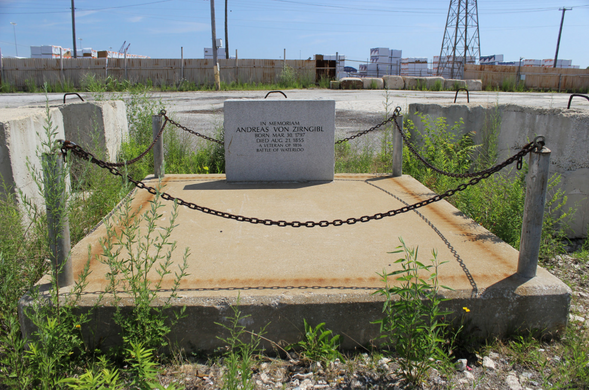
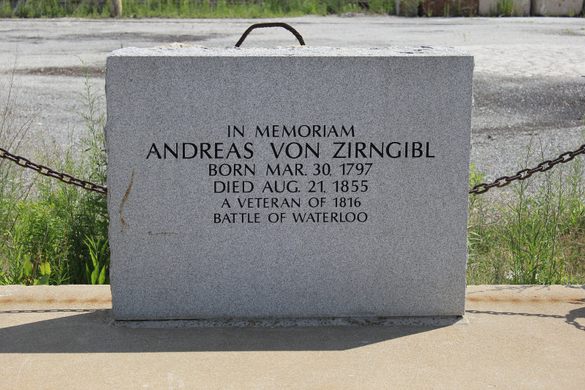
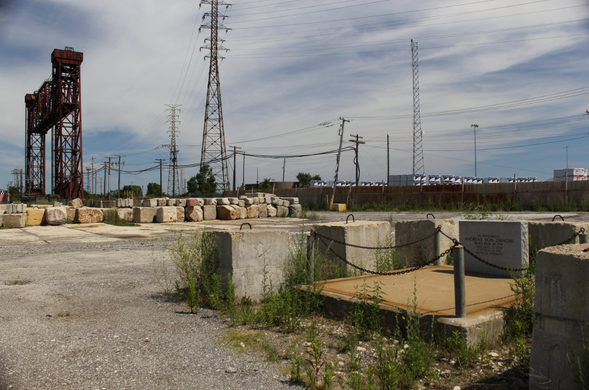
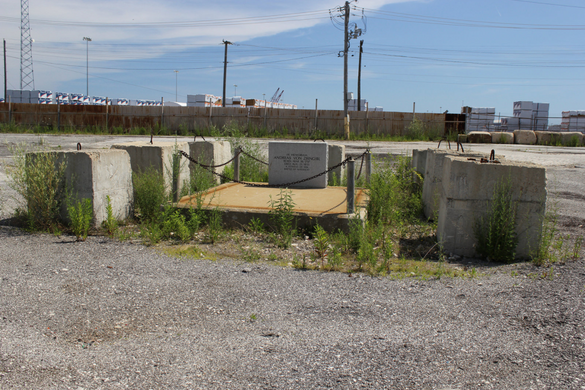
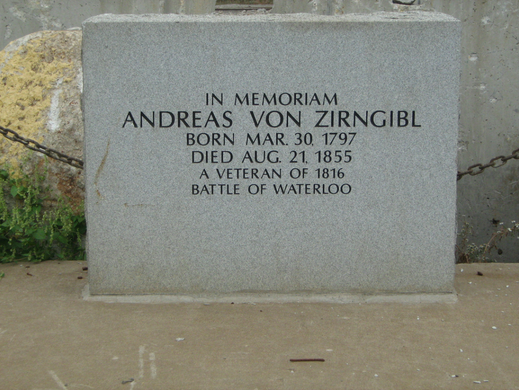
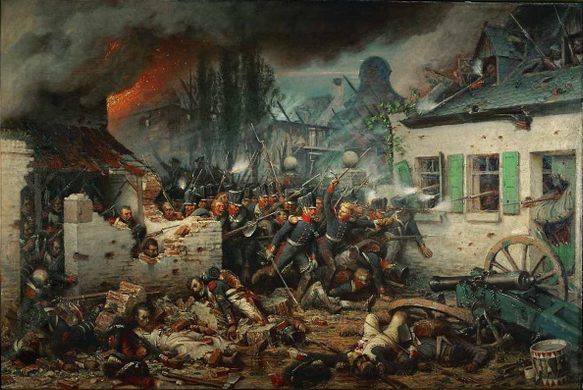
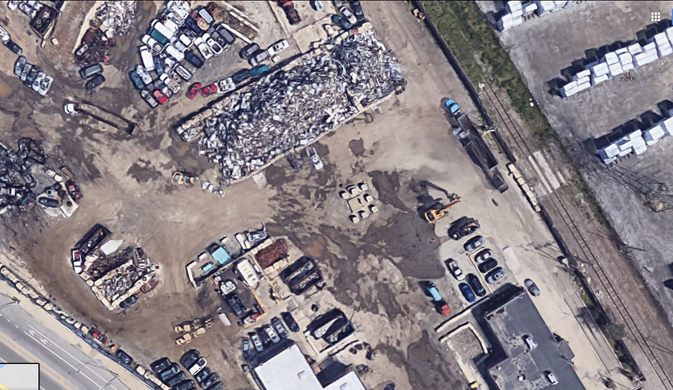








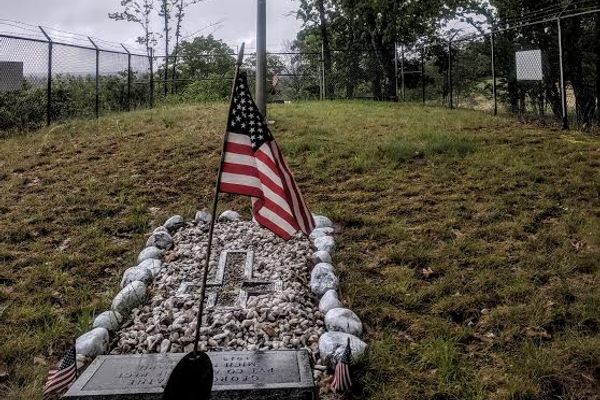
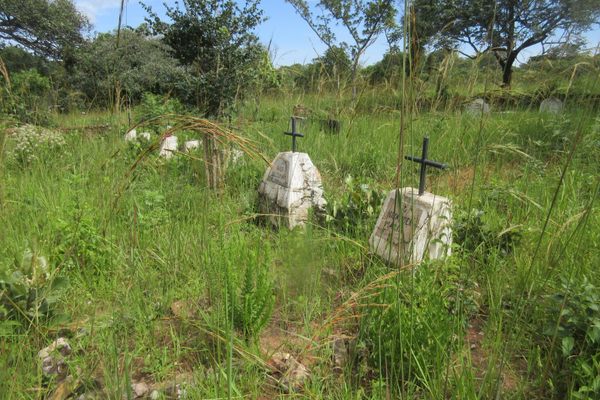



Follow us on Twitter to get the latest on the world's hidden wonders.
Like us on Facebook to get the latest on the world's hidden wonders.
Follow us on Twitter Like us on Facebook